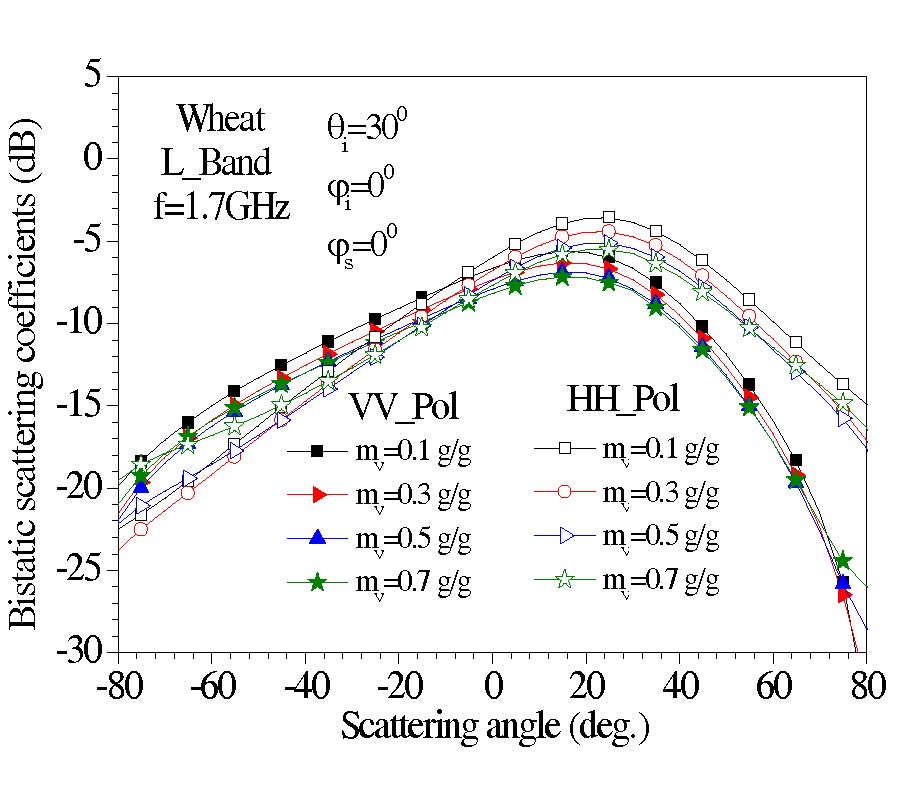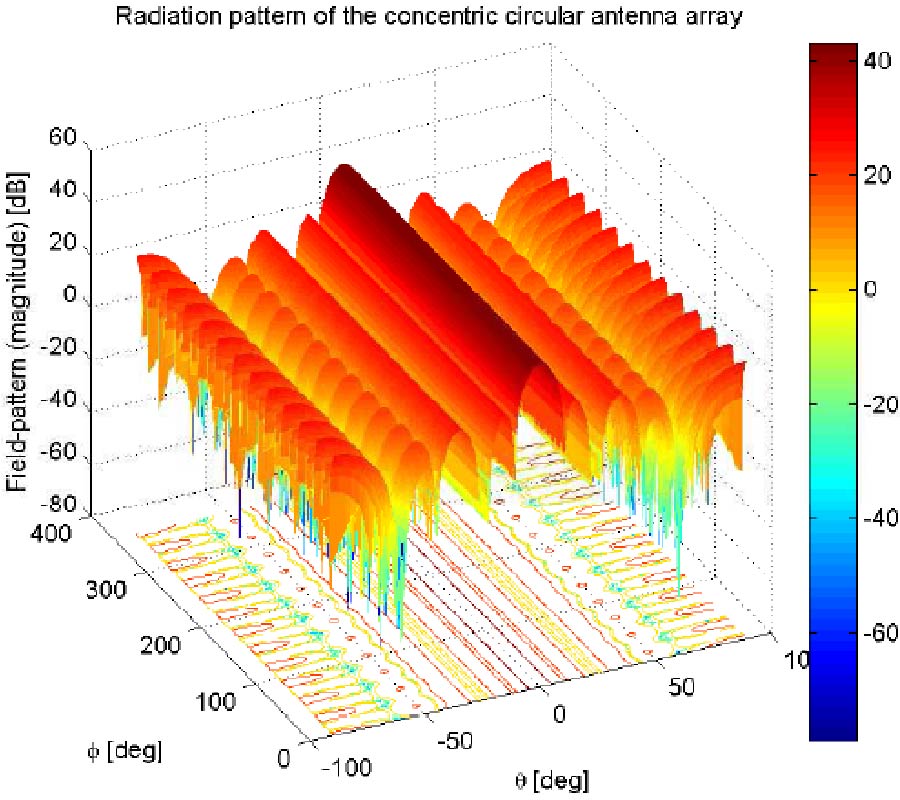Application of Facet Scattering Model in SAR Imaging of Sea Surface Waves with Kelvin Wake
Jia-Kun Wang,
Min Zhang,
Jun-Long Chen and
Zhaohui Cai
The principal purpose of this work is the simulation of the ship wake in Synthetic Aperture Radar (SAR) imaging based on a facet scattering model. The hydrodynamic model of the surface waves mainly considers the Kelvin wake waves and the wind driven waves. For the prediction of radar returns from the composite surface, the semi-deterministic facet scattering model (SDFSM) is proposed, which is verified to have good performance through a comparison with the experiment by SASS-II. Then, the distributions of backscattering normalized radar cross section (NRCS) of facets are investigated for both VV and HH polarizations and characteristics of the wake pattern are shown with good visibility. On the basis of these, an application of velocity bunching (VB) imaging model is presented in detail for the simulation of SAR imaging of sea surface waves with Kelvin wake. Finally, several numerical results provide states of the effects of ship speed, wind speed and the ship sailing direction on the characteristics of Kelvin wake in SAR images. Thus, this simulation may enable us to provide a theoretical basis to the detection of ship wakes.









